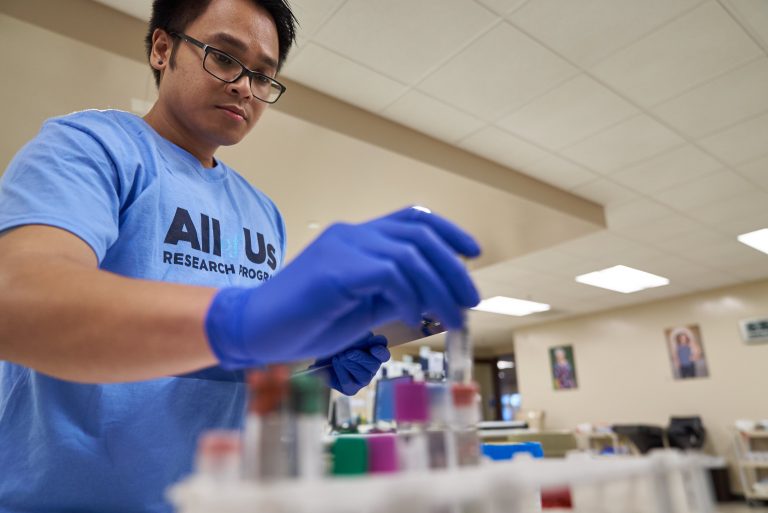The start-up Greenmetrics, whose environmental impact measurement tool for companies was launched in June, announced on December 7, 2021 that it had raised 1.8 million euros to open internationally.
“ About 10% of the world’s electricity is dedicated to digital, and as 60% of this is still produced by coal, we quickly measure the environmental impact of this sector ”, warns Nicholas Mouret, co-founder and CEO of Greenmetric. His start-up, created in 2020 and officially launched in June 2021, offers a solution measuring the ecological repercussions of the use of digital technology for a company and giving recommendations to reduce it.
An indicator on the use and the material
The tool is presented under the aspect of a platform which will process the information extracted from the company. “ We are going to come and connect either to the equipment or to the company network, and extract the raw material and usage data », He relates. In each case, several pieces of information are analyzed, taking into account both the equipment – the life cycle of the components, the water, electricity and the ores used to produce and transport them – and the uses. “ Our tool allows us to know the energy mix in real time and to provide our customers with an indicator of their environmental impact and that of their employee. “, points out Nicholas Mouret.
The calculations are made using a reference system. Like NegaOctet, a similar platform which launched on November 30, Greenmetrics built its own from data compiled by the Ecological Transition Agency (ADEME). Nicholas Mouret recognizes that their database is more focused on uses than on material aspects, and that it would be interesting to have more detailed data regarding equipment. “ But today there are still many locks on the part of manufacturers as to the specific features of their products. ”he laments.
Three-quarters of companies do not measure their impacts
According to a BCG survey of October 13, 2021, 76% of the companies questioned state that they are unable to measure the carbon footprint of their products or services, by integrating the entire cycle of life. A figure Greenmetric estimates closer to 90% when it comes to digital. In fact, the BCG survey reveals that even those who measure their carbon footprints have a colossal margin of error, between 30 to 40%. An uncertainty of the same order of magnitude as the commitment made by their company in terms of reducing CO2 emissions.
However, once the impact has been measured, a final milestone on the road remains: what to do with this information? Greenmetric offers the most personalized solutions possible to reduce energy-consuming uses, such as not systematically using video in videoconferences if this is the case, or changing host, but the fact remains that the environmental impact indicator does not is just a first step.
Note: This article have been indexed to our site. We do not claim legitimacy, ownership or copyright of any of the content above. To see the article at original source Click Here












